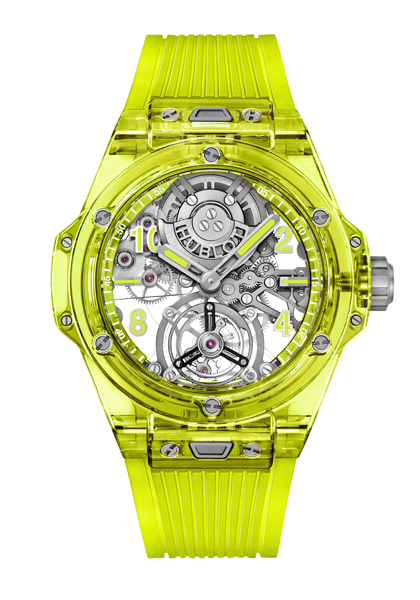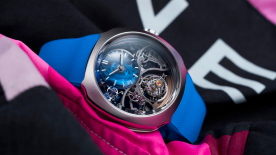A skeleton movement is both a visual treat and a demonstration of expertise comparable with the creation of a perpetual calendar, tourbillon, minute repeater, chronograph or any other complication. Its intricate appearance is achieved by removing as much material as possible, to transform the movement into a delicate lace-like structure. But beware! Skeletonisation is not without risk. If taken to excess, it can undermine the robustness and rigidity of the movement, possibly weakening its structural stability to the point where it could even break.
Vacheron Constantin, 204 000 CHF

Audemars Piguet, 66 200 CHF

A skeleton movement is a vast creative terrain for watchmakers who can give free rein to their inspirations, whether contemporary or classical, minimalist or baroque. The singular beauty of a skeleton watch is in full display; its meticulous finishing exposed to view. For the spectacle to be complete, the dial is removed.
Bulgari, 26 400 CHF
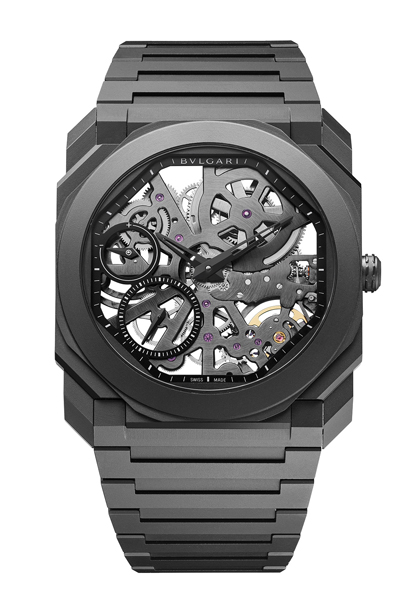
Piaget, 29 500 CHF
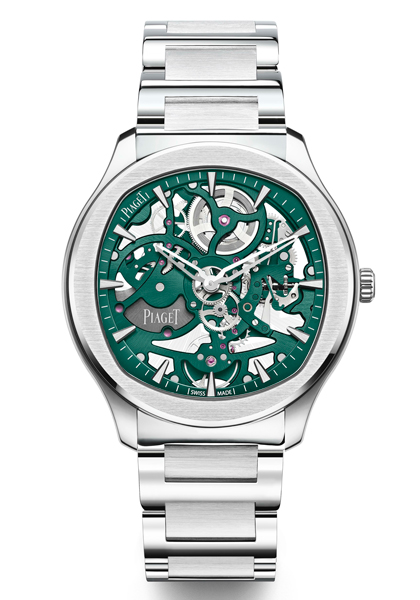
Indexes, if there are any, are placed on a sapphire crystal, or on one of the components, or the components themselves are the indexes. A sapphire crystal exhibition back becomes a window onto the mechanism laid bare. Front and back, all is revealed.
Bell and Ross, 6 500 CHF

Zenith, 10 900 CHF
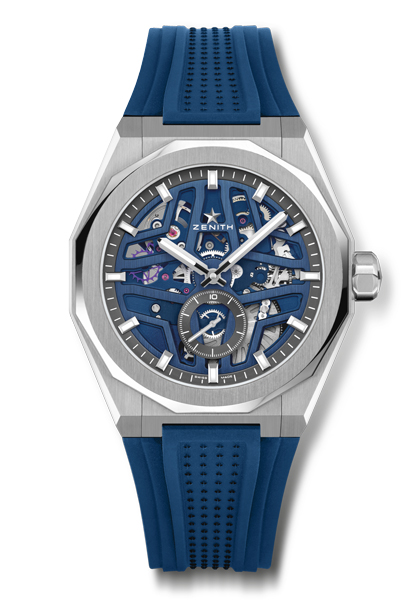
The movement’s parts - wheels, oscillating weight, balance spring… - come to life before the wearer’s eyes, their workings visible at a glance. A world away from the simple sweep of hours, minutes and small seconds hands, a skeleton movement will keep you enthralled. This type of movement can be paired with a case in any shape or material, on a metal bracelet or a leather strap.
Cartier, 28 800 CHF

Hublot, 200 000 CHF
